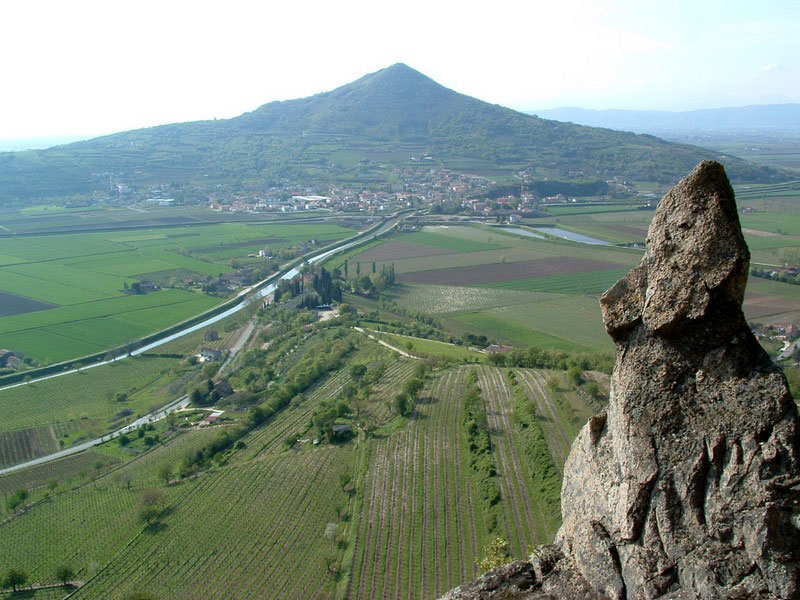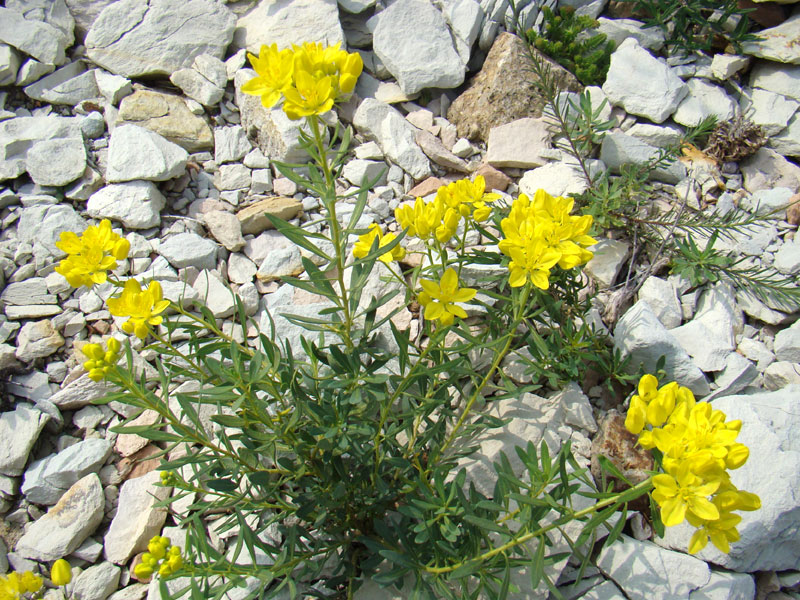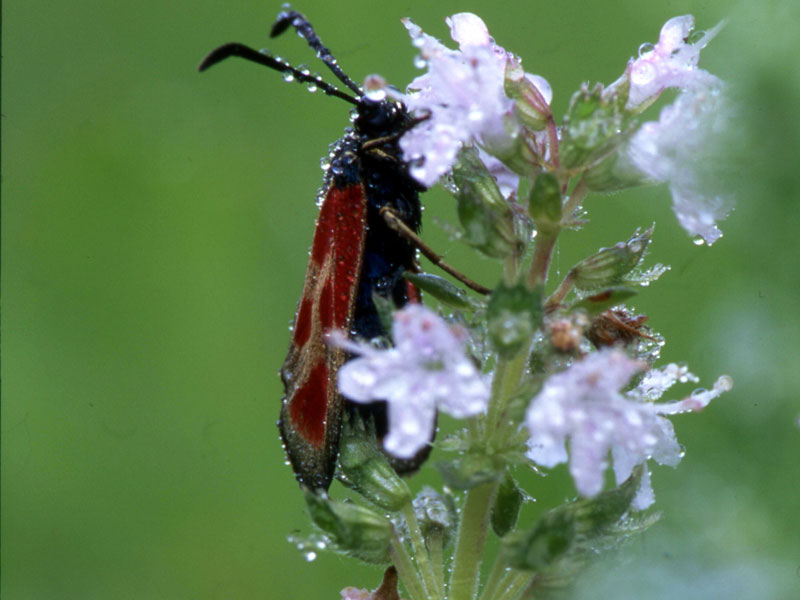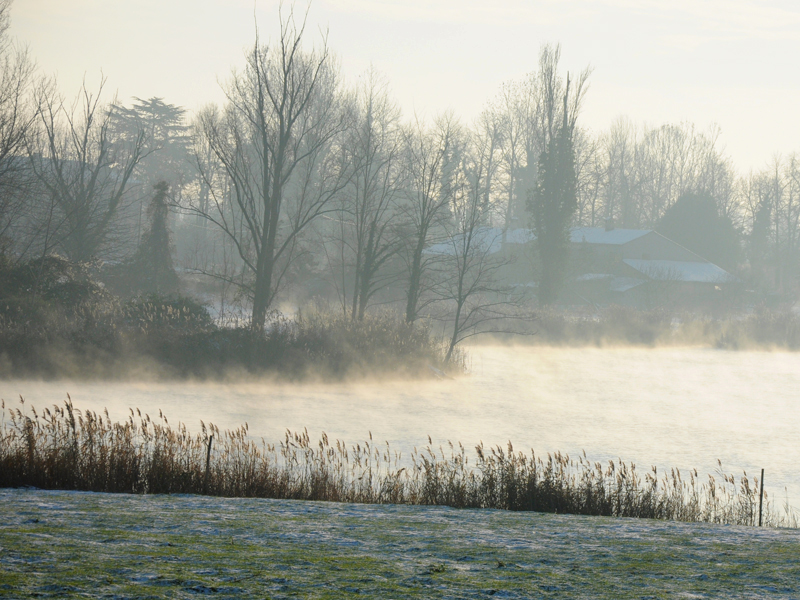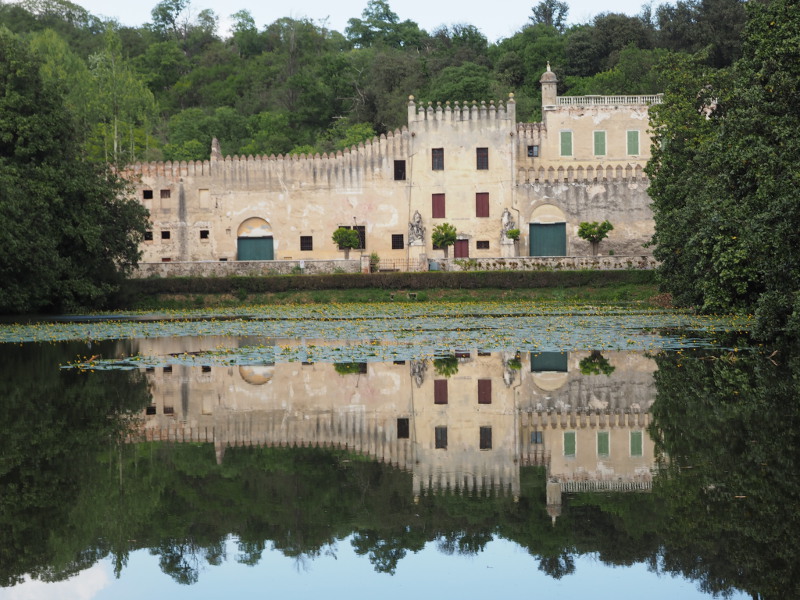Protected Area
Identity Card
- Colli Euganei Regional Park:
- Land Surface Area: 18'694.00 ha
- Protected flora: 11 species (Italian text)
- Protected wildlife: 52 species (Italian text)
- Habitats: 5 types (Italian text)
- Regions: Veneto
- Provinces: Padova
- Municipalities: Abano Terme, Arquà Petrarca, Baone, Battaglia Terme, Cervarese San Croce, Cinto Euganeo, Este, Galzignano Terme, Lozzo Atestino, Monselice, Montegrotto Terme, Rovolon, Teolo, Torreglia, Vo'
- Establishment Measures: LR 38 10/10/1989
- PA Official List: EUAP0243
- Park Authority: Ente Parco Regionale dei Colli Euganei
- Further managed Protected Areas:
- Sito d'Interesse Comunitario e Zona di Protezione Speciale Colli Euganei - Monte Lozzo - Monte Ricco
Origin and Geology
In Colli Euganei there are two main rock categories: volcanic and sedimentary rocks. Sedimentary rocks have formed in millions of years from the deposit of calcareous mud and microorganisms. Such rocks contain, in many cases, the fossilized remains of marine organisms and, through the study of the fossils (in particular of microfossils), it is possible to date the rocks.
Flora
Colli Euganei house a surprising number of vegetable species.
This is given to the different origin and chemical composition of the soils, the bumpy and particular morphology of the mountains, the isolation from other mountain groups, and the various climatic events. With respect to the monotony of the plain, the area represents a complex naturalistic island, where it is possible to find plants used to hot and dry environments (thermophile), to mountain areas (microthermal), or sub-mountain areas.
Fauna
Despite the wildlife has been impoverishing, it is well represented. The insectivorous mammals include the hedgehog, the mole, and the shrewmouse. Among the rodents, the dormouse and hazel mouse. Carnivorous animals include the fox, the badger, the beech marten, and the weasel. The saurians of warm-dry areas include lizards and the green lizard, while in cool-wet places it is possible to find the blindworm. Snakes include the black rat snake and the aesculapian snake; the grass snake and the dice snake are also widespread.
Hot Springs
Colli Euganei are one of the most famous Italian places for the presence of hot spring resources, representing an important tourist attraction at an international level. As far as the origins of hot springs are concerned, there is no relationship between hot springs and the volcanic phenomenon of Colli Euganei, since the latter is too ancient to represent an active source of warmth.
History, art and culture
In the territory of the Euganean Hills there are, and can be observed, archaic remains of the Ancient Veneti. A great number of artefacts documenting the history of this territory, from prehistoric times to the Roman era, are preserved in the Atestino National Museum in Este.
The oldest remains, found in the areas of Monte della Madonna and Venda, dating back to the Palaeolithic period, consist of flint artefacts. Important ceramic artefacts are related to the Neolithic period (end of the 4th millenium BC) and have been found near Castelnuovo. Weapons, utensils, ornaments and clothing, dating back to the Bronze Age (2nd millenium BC) and testifying the presence of a marshland village, have been found near Lago della Costa, in Arquà Petrarca.




